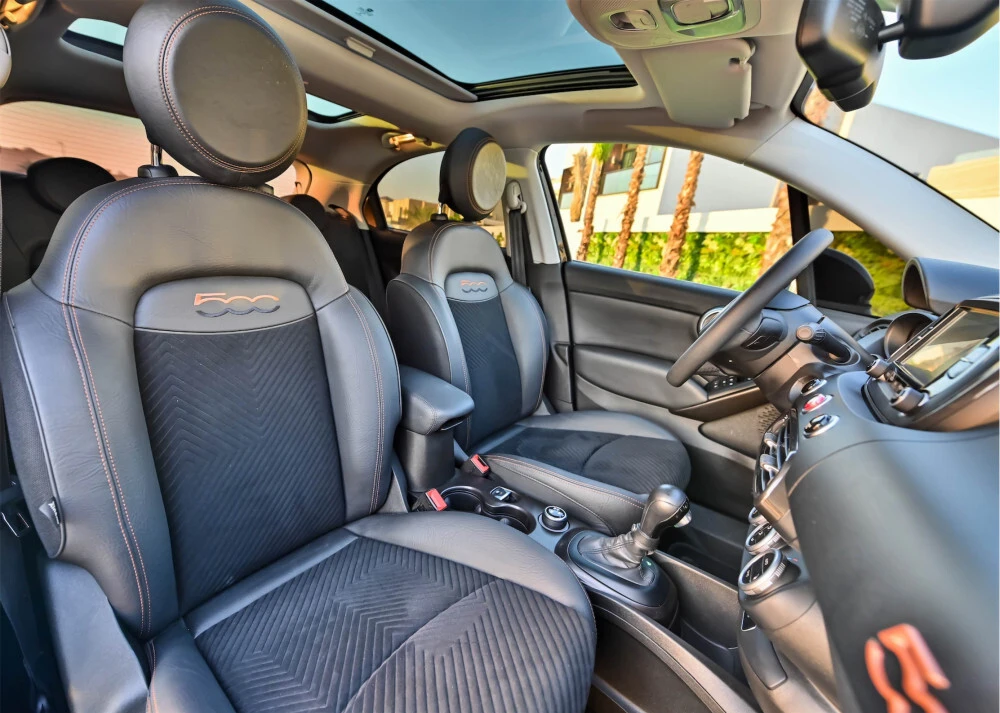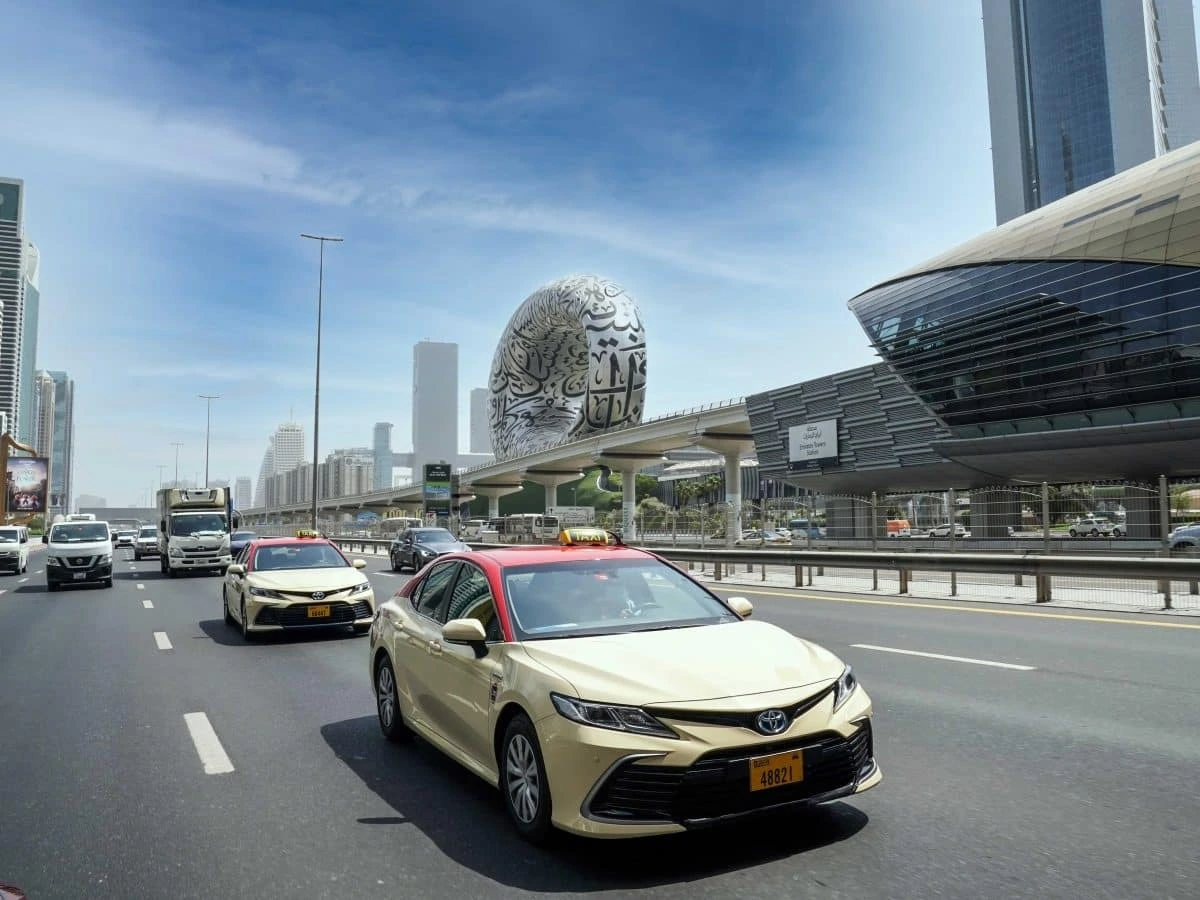When driving in Dubai, it’s essential to know the regulations regarding how many people are allowed in a car. Understanding these rules ensures your safety and helps you avoid potential fines. With a mix of locals and tourists on the roads, being aware of the legal limits for passengers can enhance your driving experience in this vibrant city.
Here’s a detailed look at everything you need to know about the number of passengers allowed in a car in Dubai.
Maximum Passengers Based on Car Type
The number of people allowed in a car in Dubai directly relates to the vehicle’s seating capacity. Here’s a breakdown based on the type of vehicle:
- Sedan or Compact Cars: These vehicles typically seat four or five people, including the driver. This is the maximum number of passengers allowed, and exceeding this number is illegal. So, if the vehicle has five seat belts, it can fit up to five passengers, including the driver.
- SUVs and 4x4s: These larger vehicles can accommodate five to seven people, depending on their design. Each seat must be equipped with a seatbelt, and every passenger must wear one.
- Vans and Minibuses: Vans and minibuses are more suitable for larger groups, with capacities ranging from 9 to 14 passengers. These vehicles must comply with commercial transport regulations for public or corporate purposes.
It’s important always to follow the vehicle’s seating capacity and ensure each person has a designated seat.
Fines for Exceeding Passenger Capacity and Related Penalties

Violating the passenger capacity limit comes with serious penalties, including:
- Fines up to AED 3,000 for exceeding passenger limits, and black points added to the driver’s license.
- AED 400 and 4 black points for seatbelt violation.
- AED 500 and 4 black points for driving without correct documents.
- AED 1,000, 12 black points, and vehicle impoundment for 30 days for traffic law violations.
- AED 3,000 and 24 black points for transporting passengers commercially without a permit.
To know more about fines, click here.
These penalties emphasize the importance of adhering to the law to ensure safety and avoid significant fines and license repercussions.
Important Note: If you are an expat or visitor and want to drive in Dubai, then your documents like your driver’s license, must be in Emirati Arabic because Dubai officials do not understand other languages. We offer expert Legal Translation Dubai for your documents, no matter which language they are in. Our translation company, Prime Quality offers translation services in 200+ languages.
Why Following the Passenger Limit Is Important?
Exceeding the allowed number of passengers can lead to various risks, both legal and safety-related:
- Safety Hazards: Overcrowding can prevent passengers from wearing seatbelts, increasing the likelihood of severe injury in case of an accident.
- Driver Liability: If an accident occurs while the car is overcrowded, the driver can be liable for injuries or damages.
- Increased Fines and Black Points: Dubai’s strict traffic enforcement can result in hefty fines and the accumulation of black points on the driver’s license, ultimately leading to license suspension.
Dubai Regulations for Child Seating in Vehicles
In Dubai, child safety regulations in vehicles are strictly enforced to ensure the safety of young passengers. These regulations are crucial for preventing injuries and fatalities in case of accidents. Here’s an overview of the key rules and guidelines regarding child seating in vehicles in Dubai.
Age and Seat Requirements:
- Children Under 4 Years
- Children in this age group must be secured in a child safety seat appropriate for their age, weight, and height. The seat should be installed in the rear of the vehicle.
- It is illegal for children under 4 to sit in the front seat, regardless of whether they are in a safe seat.
- Children Aged 4 to 10 Years
- Children in this age range must use a booster seat until they reach a height of 145 cm (approximately 4 feet 9 inches).
- If the child is taller than 145 cm, they can use the standard seatbelt but must still sit in the rear seat if possible.
- Children Over 10 Years
- Once a child turns ten and is taller than 145 cm, they can sit in the front seat and use a regular seatbelt.
Impact of Overloading on Car Performance
When a vehicle is overloaded with more passengers than it was designed to carry, it can lead to mechanical strain. This affects the following areas:
- Braking Distance: The additional weight of extra passengers can extend the time and distance needed to stop the vehicle, which poses a higher risk of accidents.
- Tyre Wear: Excess weight puts undue pressure on the tires, leading to faster deterioration and increasing the risk of blowouts, especially at high speeds.
- Fuel Efficiency: Overloading reduces fuel efficiency, forcing the engine to work harder and consume more fuel.
- Suspension and Steering: Over time, the extra load can damage the car’s suspension and steering systems, leading to costly repairs.
Legal Responsibilities of the Driver
The driver is ultimately responsible for the number of people in the vehicle. Whether you’re driving with family, friends, or co-workers, it’s up to the driver to ensure compliance with the seating capacity. Failing to adhere to this responsibility can result in severe legal and financial consequences. Drivers can be held responsible for:
- Passenger Injuries: If passengers are injured in an accident while the vehicle is overloaded, the driver could face legal action or personal injury claims.
- Reckless Driving Charges: Overloading a car may also lead to charges of reckless driving, which carry heavier penalties, including possible jail time or license revocation.
Special Considerations for Public Transport and Taxis
Public vehicles, including taxis and buses, follow similar rules regarding seating capacities.
- Passengers are not allowed to stand in moving vehicles unless the vehicle is designed for it, such as in the case of buses with standing room.
- Only the permitted number of passengers can be seated in taxis based on the vehicle type. Overcrowding in taxis is subject to fines as well.
Frequent Asked Questions (FAQ’S)
Here are some public questions:
1. Where Can I Find More Information on Child Safety Seat Regulations in Dubai?
You can visit the Roads and Transport Authority (RTA) website or contact local authorities for detailed information and resources.
2. How Can I Be Sure That My Child’s Safety Seat is Properly Installed?
Refer to the manufacturer’s installation instructions, and consider consulting a professional technician or a local organization that specializes in kid passenger safety.
3. What Should Passengers Do in a Car?
- Be quiet and alert.
- Don’t create distractions for the driver.
- Offer to help navigate.


